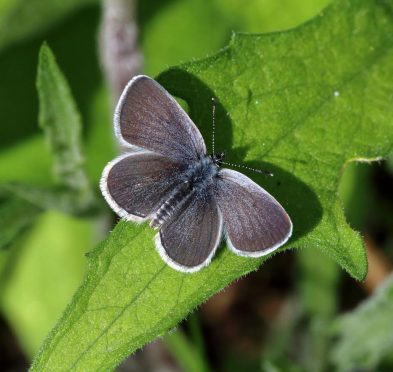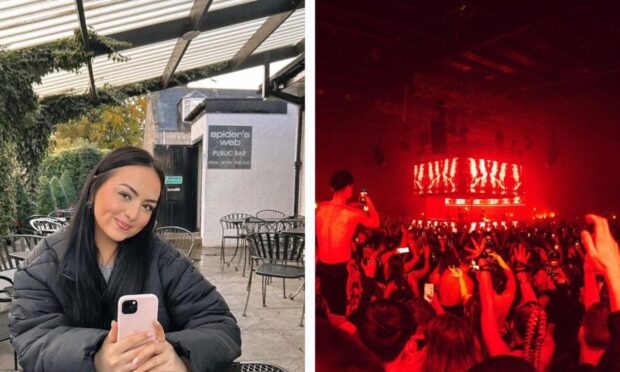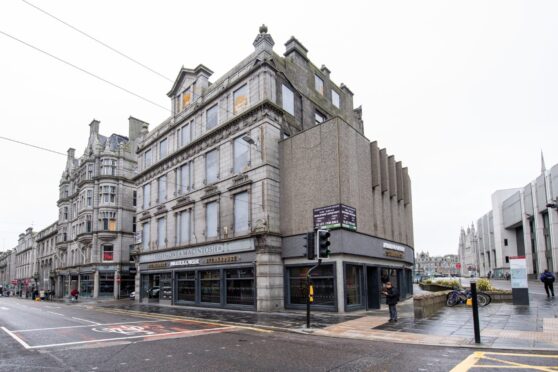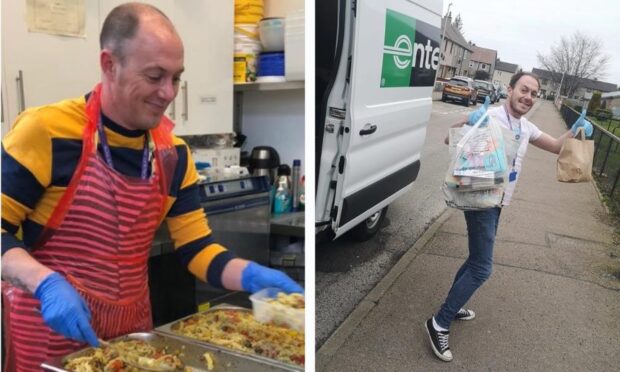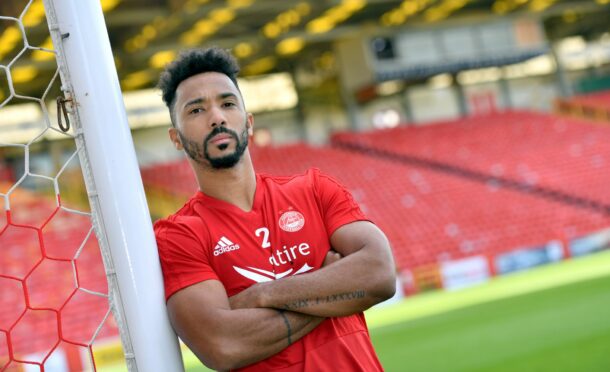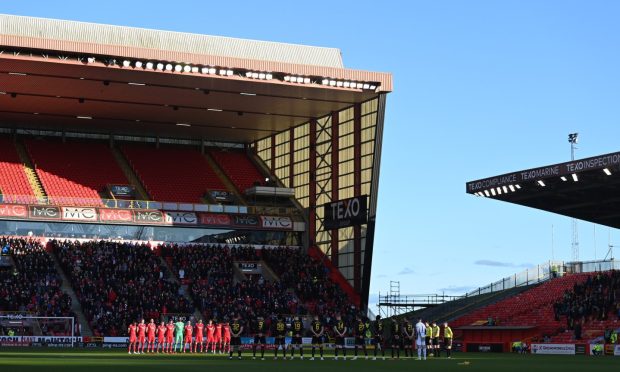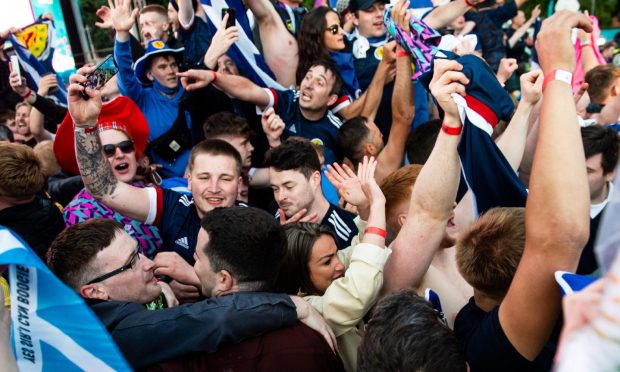Nature lovers across the north-east are being asked to spend next week helping protect Scotland’s smallest butterfly.
Butterfly Conservation Scotland has urged people to look for adults and their eggs at known sites.
Surveys will also be carried out in a bid to discover new breeding sites for the Small Blue.
The organisation – in connection with the Tayside Biodiversity Action Group – has named next week ‘Small Blue Butterfly Week’, with the project set to run from May 27 until June 4.
A series of initiatives to help the butterfly will take place in Aberdeenshire, Moray and Caithness as well as at various sites across the country.
Paul Kirkland, the director of Butterfly Conservation Scotland, said: “We are really thrilled at the enthusiasm for Small Blue Week and the work carried out between May 27 and June 4 will inform habitat management that will be carried out in the autumn by landowners and volunteers to help the butterfly.
“Many areas occupied by the Small Blue have shrunk in size, are surrounded by inhospitable habitat and are threatened by scrub encroachment, so it’s vital we do this work to secure the butterfly’s future.”
The Small Blue butterfly is most commonly seen from mid-May to late June.
Colonies are confined to patches of grassland where Kidney Vetch grows – because this is the only plant the caterpillars can eat.
The butterfly used to be a common sight in agricultural areas, but modern farming methods have made the Kidney Vetch plant less common.
Most colonies in Scotland are now found on sand dunes and other coastal grasslands, with only two or three inland sites remaining.
The butterfly is much darker in appearance than Scotland’s most widespread blue butterfly, the Common Blue.
The upper wings of the Small Blue are black with a light dusting of blue scales.
Butterfly Conservation is a charity dedicated to saving butterflies and moths.
The UK-wide organisation runs projects to protect more than 100 threatened species and is involved in the conservation of sites and reserves across the country.
For more information about the event and how you can support the project, email Scotland@butterflyconservation.org.
